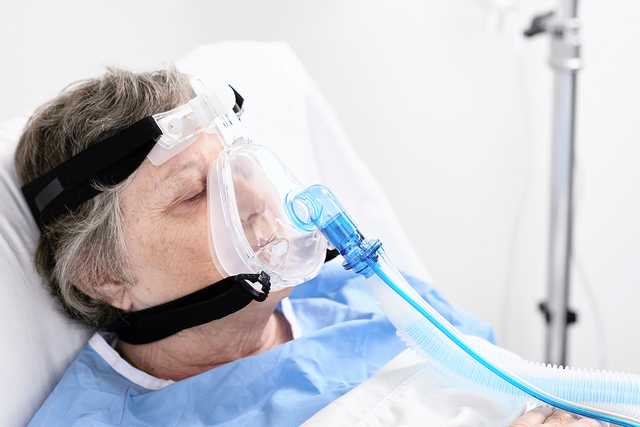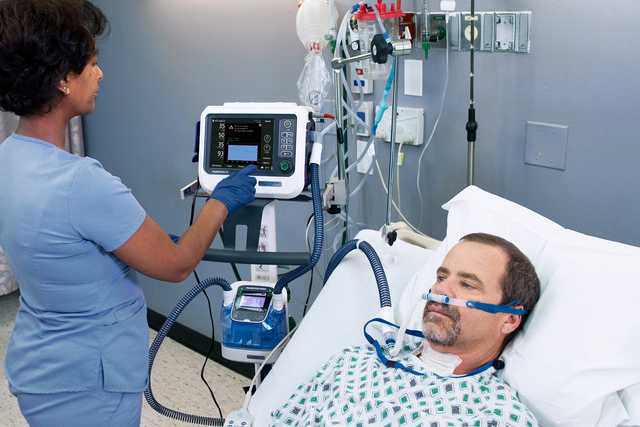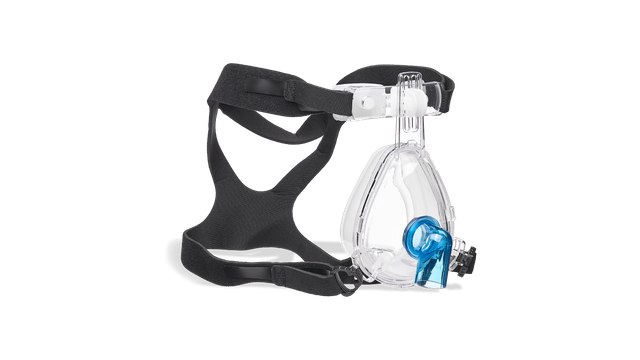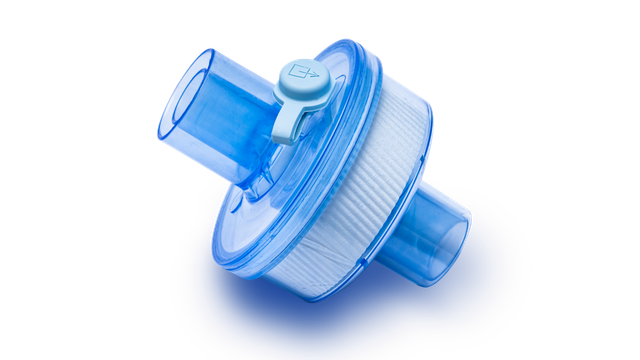Der HAMILTON-C1 mit der Option NIV-only () liefert eine leistungsstarke Beatmungsunterstützung für die nichtinvasive und High-Flow Sauerstofftherapie () (Option) für pädiatrische und erwachsene Patienten.
Wechseln Sie von der nichtinvasiven Beatmung zur High-Flow Sauerstofftherapie, indem Sie einfach den Beatmungsmodus ändern und das Patienten-Interface tauschen. Ein Wechsel des Gerätes oder des Beatmungsschlauchsystems ist nicht erforderlich.
Dies kann Zeit sparen, Ihr Team entlasten, das Training am Gerät vereinfachen und Ihre Kosten für Verbrauchsmaterialien reduzieren.















